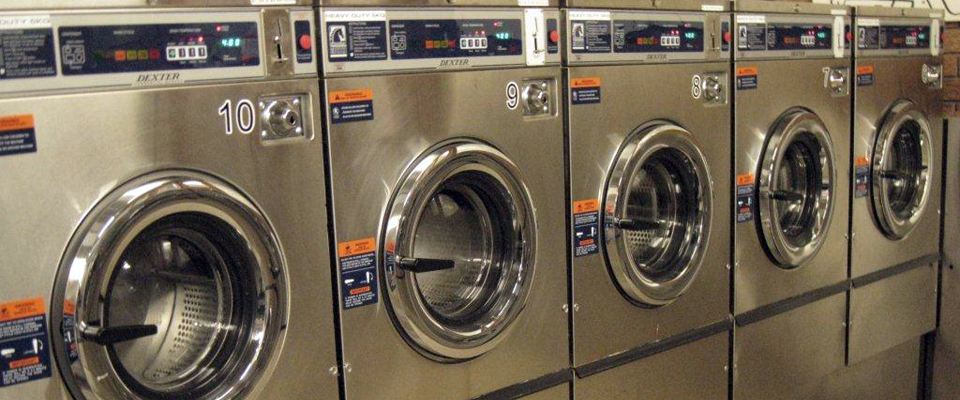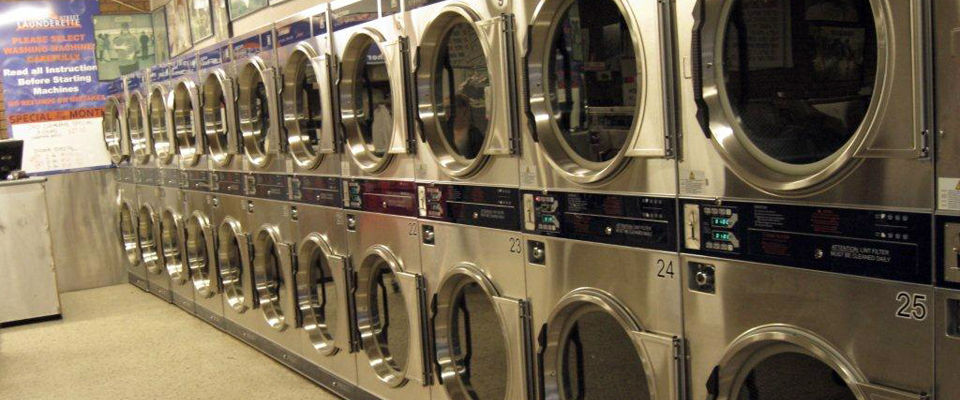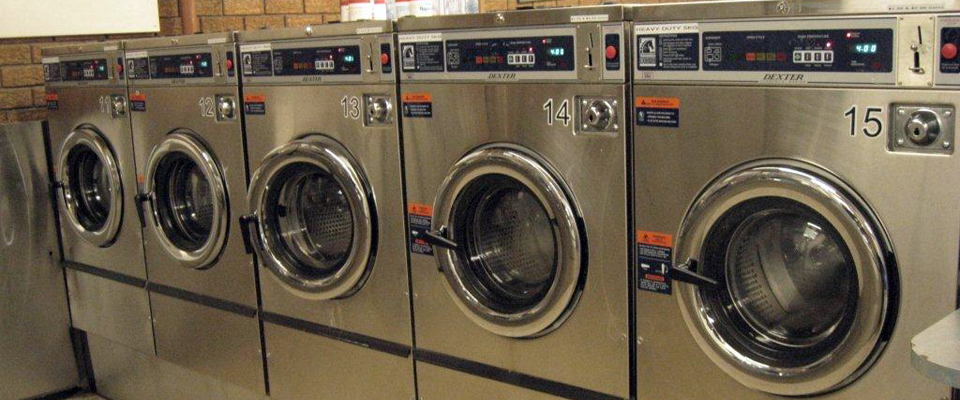Clothing Maintenance
Fast fashion has led to consumers not caring as much about how their clothes are cared for. T-shirts can be purchased for as low as $5. Repairing a hole may cost more than that tee. We end up shopping a lot, creating unnecessary waste.
Fashion is one of the largest polluters in the entire world. We can all do our part to make this better. It’s possible to extend the life expectancy of your wardrobe by caring for it properly. This can be a huge benefit to your wallet as well as the environment. Selecting the right products
Quality is the most important thing to consider when shopping for clothes or adding products to your online shop.
Quality items are more durable and last longer. Quality clothing is made from high-quality materials and will fit better on the body.
You can order samples and then test them yourself to ensure that you are satisfied with the product quality.
Research different fabrics such as cotton, polyester, and blended fabrics. Understanding the properties of different fabrics can help you to understand how they fit together.
The fabric weight is one of the most important features to consider. This number is dependent on the fabric composition and the thickness of the thread. These are the most common weight classes:
Light: 0.3-5 oz/yd2 (1 -150 g/m2)
Examples: silk, cotton, linen, lace, mesh
Medium: 5-12 oz/yd2 (150 -350 g/m2)
Examples: polyester, velvet, nylon, jersey, chino
Heavy: 12+ oz/yd2 (350+ g/m2)
Examples include denim, wool and suede as well as polyester fleece and tweed.
It’s a smart idea to test how different customization techniques react to apparel if you own an online store.
DTG Print
This is a comparison of a DTG print on 100% cotton tshirts versus a 50% cotton/50% polyester blend. Although the print is opaque on the cotton shirt, it gives the shirt a faded appearance on the blended fabric shirt.
Long-lasting clothing is the best way to go out
Sometimes, I find myself staring at my closet and wondering if I really need so many low quality t-shirts in every color of the rainbow. Most likely not. It’s a good idea to invest in staple items.
These staple pieces of clothing are easy to mix and match with other garments. To match your style, you can add modern accessories or accent pieces.
High-quality staples should last a lifetime. These could be a white plain tee or blue jeans, a blazer, black pants, a black dress, or good suit for men. These items are common in all eras of modern fashion, so it’s no surprise that you’ll see them on this list.
Clothing
A capsule wardrobe is closely related to staple pieces. A capsule wardrobe is a compact collection of versatile pieces that can easily be worn in any setting. You just need to play with the combinations.
Your capsule wardrobe allows you to reduce your wardrobe down to the essentials. Although it may bring back memories of prom dresses from high school, it is not necessary. I recently sold mine and it was much easier than I thought.
It can be hard to donate or dispose of clothes. Layering is key! Layering is chic and adds a bit of flair to an outfit. You can also take off an extra layer if it gets too hot.
Laundry symbols explained
How you care for your clothes is key to keeping them looking great for a long period of time. The laundry wash symbols on the care tags are a great help. The care tag is not there to make my back itchy.
The care label tag for a garment will have small pictograms that show laundry care symbols. These icons help you care for your clothes properly by showing how to wash, dry, iron, and other instructions.

Let’s take a look at the laundry symbols one by one and find out what they mean!
Washing symbols
Machine wash symbol
Machine Wash
The golden rule is that a tub of water can be used to represent a washing machine. This care label symbol signifies that you can wash clothes in the washer in standard or normal settings.
Machine wash (with temperature)
The machine wash symbol that has degrees inside it indicates that you should wash your clothes at the indicated temperature.
Machine Wash (Permanent Press).
The symbol that has a tub and a line below it indicates that your washer should be set to the permanent press setting. This setting ensures that clothes are washed gently to avoid wrinkles. This is done by your washer using warm water and a slow spin cycle. This cycle is best for synthetic or blended fabrics.
Machine Wash (Delicate/Gentle).
Another rule to keep in mind is that the gentler the wash cycle, the higher the bars should be. If your tub has two bars, you should set your washer for a gentle or delicate cycle. This cycle is for delicate items like lace, wool clothes, and blouses.
Machine Wash (with temperature setting)
If the symbol of a washing machine has multiple dots, it indicates how hot or cool the water temperature should go (if not indicated by numbers).
1 dot = 65degF-85degF (18degC-29degC).
2 dots = 105degF (40degC).
3 dots = 120degF (49degC).
4 dots = 140°F (60°C).
5 dots = 160degF (71degC).
6 dots = 200degF (93degC).
Hand washing
This item should only be washed by hand if it has a symbol that shows a tub with a hand inside. Although some washing machines come with a Hand Wash setting, this setting is not recommended for all garments that have the Hand Wash symbol. This setting is not recommended for vintage, antique, embroidered or heavily embellished clothing. It is also not suitable for items that can tangle or can become misshaped if stretched. This cycle is acceptable for synthetic blend fabrics and small pieces made of natural wool fibers like gloves and socks, but not for large items such as sweaters.
Wash symbol
Do not wash
The care label symbol that has a cross-out tub signifies that you should not wash your garment at home. It must be dry cleaned professionally.
Bleaching symbols
All triangle symbols are for bleaching instructions. This simple triangle indicates that your clothing can be bleached with any type of bleach.
Only Non-Chlorine Bleach
You can bleach your garment with a triangle pictogram that has diagonal lines, but not with chlorine bleach. This symbol is common on clothing made of spandex, wool and silk. These fabrics can be broken down by chlorine bleach.
Your garment cannot be bleached if it is solid black and has a crossed-out triangle.
Drying symbols
Normal: Tumble Dry
This symbol is a square with a circle inside that indicates you can tumble dry clothes using standard, normal settings in your dryer.
Use a gentle symbol for delicate purposes and a permanent tumbler dry
Tumble Dry (Permanent Press, Delicate/Gentle).
The Tumble Dry symbol is similar to washing symbols. The lines below the Tumble Dry symbol are the cycles that you should dry your garms. One line represents the Permanent Press cycle, while two lines represent the
Delicate/Gentle setting.
Do these symbols make more sense as time goes by? The Tumble Dry symbol has dots that indicate what heat setting to use for drying your item. Accordingly, 1 dot stands for low heat, 2 for medium heat and 3 for high heat.
Tumble dry no heat symbol
The Tumble Dry symbol, which has a circle filled in the middle, indicates that clothes can be tumble dried. However, heat should not be used.
Dry Line
The square symbol with the semicircle at its top signifies that clothing items should be dried. This means that you should not use an electric dryer. Instead, smoothen and shape your clothes before drying them. This is also a more environmentally-friendly method to dry clothes.
Drip Dry
The symbol is a square with three vertical lines that signify drip drying. You can hang the item in the shower and let the water evaporate naturally. Drip-drying is different from line drying in that your item doesn’t need to be shaped or smoothened before it drips dry.
Flat Dry
The care label symbol means that you should dry your clothes on a flat surface. This is a common method for knitted jumpers, to prevent the fabric from bending.
Shades area Dry
The care label will have two parallel lines in the upper corner. This means that your clothing must be dried in shade. This tag might be found on dark clothing because direct sunlight can cause colors to fade.
Do not wring
This laundry symbol depicts a fabric that is crossed out and wrinkled. This means that you should not wring your garment, as it could cause damage to the fabric.
Ironing symbols
Iron (Any Temperatures, Steam, or Dry).
It is easy to iron symbols. Flat iron characters allow you to iron any type of garment, including tees, sweaters, and pants, at any temperature. You can also steam it and dry it with an iron.
Iron (Low, Medium and High Temperatures).
As you can see, more dots equals higher temperatures or heat. 1 dot in an iron is low temperature (230degF), 2 dot-medium temperature (290degF), 3 dots-high temperature (300degF). Iron your clothes at the temperature indicated on the label.
Do not steam
A flat iron icon that shows steam from the flat iron is an indicator that you should not steam your blouse or shirt. You could damage it. Although this technique is great at removing wrinkles, it’s not recommended for all fabrics.
Do not iron
Flat iron characters with crossed-out letters signify that your garment should not be ironed.
How to wash and dry different fabrics
Different types of fabric need different care. This can be seen by looking at the care labels on two items of clothing made from different fabrics in your closet.
This section will briefly describe the main care instructions for different fabrics when washing and drying them. These instructions will help you keep your clothes clean and prevent them from getting damaged by improper care.
Cotton
Cotton is a popular fabric for clothing manufacturing. It’s easy to care for.
Your washing machine can be set to the standard-setting and your cotton clothes can go in. Cotton is delicate. You need to wash it at a low temperature. This can cause shrinkage and color bleeding.
Cotton is not a friend of heat so it’s important to avoid tumble drying. Line or flat-dry cotton clothes better than drying them in the dryer. To prevent colors from fading, line or flat-dry your cotton clothes outside.
Polyester
It is easy to keep your garments looking fresh and fashionable with polyester fabric. It is often used in combination with other types of fabric. Polyblends can be used to enhance certain garment characteristics. It can be mixed with cotton to make it smoother or less prone for wrinkling.
Polyester clothing can be machine washed using a standard cycle. Polyester clothing should be washed at between 86°F and 104°F (30°C-40°C).
Tumble-drying polyester fabric on low heat won’t cause it to shrink. TIP: To avoid static, remove your polyester fabrics from the dryer while they are still damp.
Elastane (or spandex, lycra)
Elastane, also known as spandex, lycra, or spandex, is a stretchy, durable fabric that’s used in sports clothing like shorts and leggings. You can mix it with other fabrics to add stretch to your garments.
Elastane clothing can almost always be machine washed. You should not use chlorine bleach to wash spandex as it can cause damage to the fabric’s structure.
Some spandex-blend fabrics can be tumble dried if the care label does not state otherwise. Be aware that clothing with higher elastane levels may not be able to withstand heat and line-drying is recommended. Turn the heat down if you tumble dry this fabric.
Jersey fabric
Many t-shirts that you have are made from jersey fabric. It is often a mixture of cotton, wool, or synthetic fibers. This material is versatile because it offers natural stretch when single-knit but has a heavier feel when doubleknit.
Because jersey fabric is a mix of cotton, wool and synthetic fibers, it’s similar to caring for cotton. You can use standard settings in your washer, but lower the temperature as jersey fabric is susceptible to shrinking at high temperatures. Avoid tumble drying and instead use flat drying.
Rayon (or viscose or modal)
Rayon fabric is made from cellulose fibers, which are made from wood pulp. You can also call it modal or viscose. Because of its versatility and low price, it is widely used to make clothing and accessories.
It can be difficult to care for rayon. You can either hand-wash rayon on the delicate setting or wash it in the machine. This will prevent damage. You should never wring, twist or twist viscose clothes.
After washing rayon clothes, hang them up to dry on a line or let them air dry.
Recycled polyester (or RPET)
Recycled polyester, or rPET for short, is a fabric made from synthetic fibers. It has a lower carbon footprint than regular polyester. rPET is made from recycled materials, such as plastic, and not by creating more waste. Recycled polyester exhibits the same properties as regular polyester.
Permanent Press washing cycles should be used to machine wash rPET products. The material can become stiff and produce static electricity after washing. Therefore, you will need to add fabric softener to your rinsing.
The fabric should be dried at a low heat setting in a dryer or hung to dry.
Silk
Silk is a natural fiber made from protein and is used to make soft, comfortable clothing such as blouses, dresses, ties, and other items.
Silk should be washed gently. Hand-wash silk in cool water with gentle detergent to avoid damage. Rarely, silk garments can be machine washed according to the care label. Because silk can bleed color, you should machine wash it using the Gentle cycle setting.
Hand washing silk items is a good way to keep them safe and prevent damage.
Do not tumble dry or wring silk garments. Flat-drying or hanging your silk garment on a hanger is the best way to dry it. Silk can dry quickly but avoid leaving it out in direct sunlight as the colors might fade.
Cashmere
Cashmere feels wonderful on the skin. Cashmere also needs special care.
You have two options depending on the fabric of your cashmere garment: either machine wash it in cold water (no higher than 86degF), on a Gentle cycle, or hand wash it.
Cashmere should always be dried in the air and not tumble-dried. It should be kept away from heat sources like the sun and radiators.
Leather
Different types of leather exist, so it is difficult to offer advice for all. You should first check the care label. Dry cleaners should be trusted to wash this item if it has the Do Not Wash laundry symbol.
There are leather types that you can wash at home. You can wash leather at home if the care label states so. This is how you should wash leather: Choose the Gentle or Delicate cycle, cold water temperature, medium spin cycle.
To dry leather, use a towel right after it has been washed to remove any excess moisture. Then let it air dry. Avoid drying leather items in the dryer as this can cause it to wrinkle.
Wool
Wool jumpers are soft and comfortable, but they need to be cared for well. Mixing wool with other fabrics makes washing easier.
Hand-washing is recommended if the garment’s care label states that it should be washed in cold water with mild detergent suitable for wool. Some are not. If you have a mixed wool/other fabric item that can be machine washed, wash it in cold water with a wool washing solution.
Wool should be dried in the air. It is best to air-dry wool as it can shrink if it is exposed to high temperatures.
You should take good care of your clothes.
Every action we take has an impact on the environment. It is possible to significantly reduce the amount of waste that we produce by making better choices, from the time we purchase a garment to the way we wash it at home.
Here I combined several tips and tricks that can make you more environmentally-conscious when approaching garment care.
Drying clothes
When buying a washing machine, be aware of how much water it uses. A high-efficiency washing machine can not only save water, but also detergent and energy. These machines use 20% to 70% less water, and 20% to 60% less electricity. You can help the environment and save money at the same time!
Use cold water to wash your clothes as often as possible. To heat hot water, it takes a lot energy. This is a win-win situation, as many materials can be damaged by high temperatures.
Attention to fabric care products. Switching to sustainable products like plant-based detergents can be the first step. The next step is to evaluate whether detergents are necessary for washing clothes, and how much you use.
Dry your clothes by hanging them out to dry and only use the dryer when absolutely necessary. Dryers consume a lot of energy and you don’t need them if you aren’t in a hurry.
A microfiber catcher might be a good investment. Microplastics are made from synthetic materials like nylon and polyester. Although they are so small that there is no filter suitable for them in washing machines and sewage pipes, they can have a significant effect on the environment. These tiny bits of plastic are often found in wastewater that is dumped into rivers and the ocean.
Discover the true potential for long-lasting clothing
We have the power to make conscious choices about what we wear and how we care for it. It can make a big difference in helping the environment. It can also help us save money.
High-quality garment care can extend the life of your wardrobe and help keep your clothes looking great for many years.









